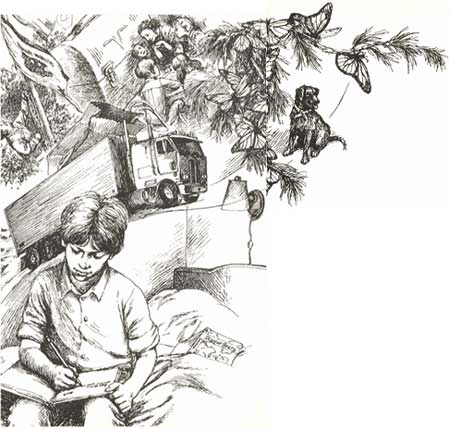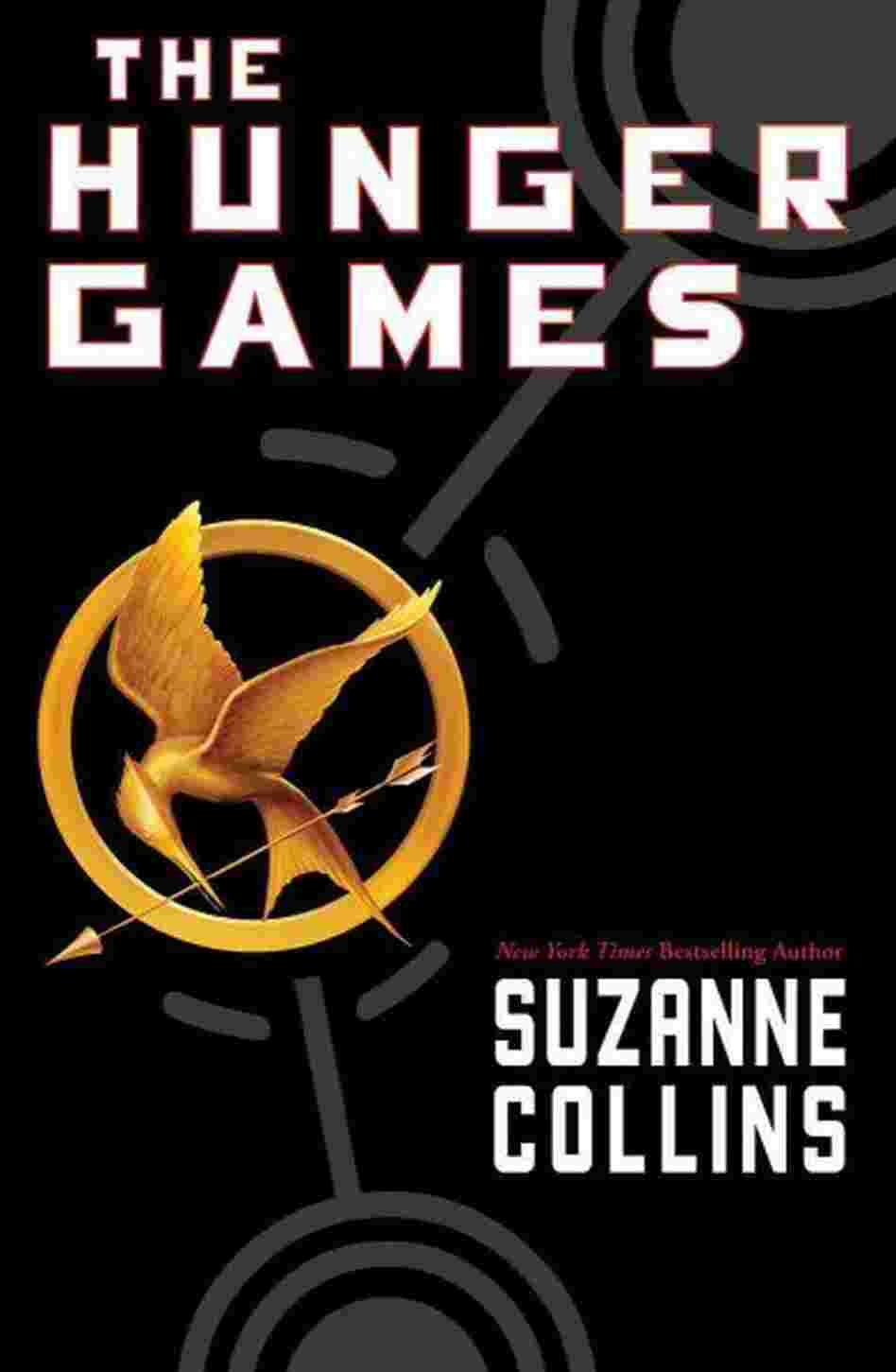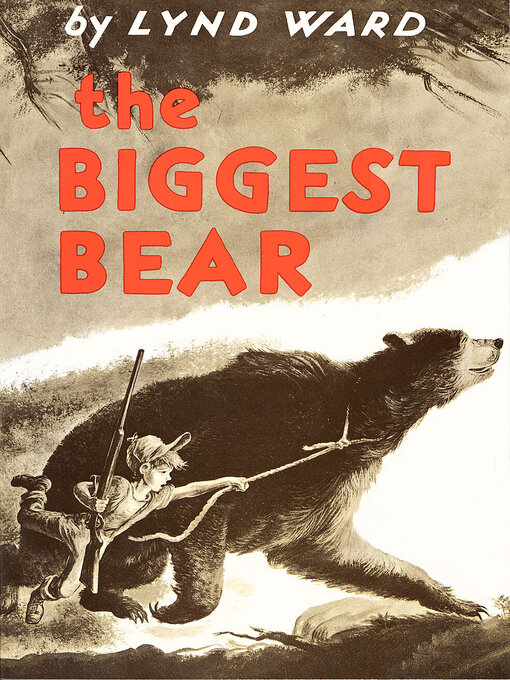Reading Log
Genre / Titles you
read (Hit enter after each one and a new number should pop up)
I.
Non-fiction/Informational (1 chapter book or photo
essay book reflection required on blog)
1)
Chameleon, Chameleon by Joy Cowley
II.
Poetry (1 chapter or picture book reflection required
on blog)
1)
Hate that Cat by Sharon Creech. (required
for discussion – do NOT use on blog)
2)
The Real Mother Goose by Blanche Fisher
Wright
III.
Modern Fantasy (1 chapter book reflection required on
blog)
1)
I, Jack
by Patricia Finney. (required for discussion – do NOT use on
blog)
2)
Charlotte’s Web by E.B. White
3)
The Hunger Games by Suzanne
Collins
4)
Catching Fire by Suzanne Collins
5)
Mockingjay by Suzanne Collins
IV.
Historical Fiction (1 reflection required on blog –can
be a picture book)
1)
The Teacher’s Funeral by Richard
Peck. (required for discussion – do NOT use on blog)
2)
Number the Stars by Lois Lowry
V.
Multicultural/Traditional (2 reflections required on
blog – one can be a picture book)
1)
Hiroshima
2)
Why Mosquitoes Buzz in People’s Ears by
Verna Aardema
3)
Rapunzel by Paul O. Zelinsky
4)
The Lion & The Mouse by Jerry Pinkney
5)
Stone Soup by Marcia Brown
VI.
Realistic Fiction (1 chapter book reflection required
on blog)
1)
Baby by Patricia MacLachlan.
(required for discussion – do NOT use on blog)
2)
Dear Mr. Henshaw by Beverly Cleary
VII. Picture
Books (5 reflections required on blog during the first two weeks of class.
There should be a total here of at least six.)
1)
The Wednesday Surprise by Eve
Bunting. (required for discussion – do NOT use on blog)
2)
When I was Young In The Mountains by
Cynthia Rylant
3)
Moja Means One - Swahili Counting Book
by Muriel Feelings
4)
The Biggest Bear by Lynd Ward
5)
Many Moons by James Thurber
6)
Kitten’s First Full Moon by Kevin
Henkes
7)
The Hello, Goodbye Window by
Norton Juster
8)
The Polar Express by Charles Van
Allsburg
9)
Flotsam by David Wiesner
10) Ten
Black Dots by Donald Crews
Wiki Checklist
____ Social Studies
__x_ Science
__x_ Math
____ Music
__x_ Art
__x_ Reading/Language Arts
____ Physical Education
____ Other



 Throughout this story, we see Leigh's different daily battles through his letters to Mr. Henshaw. We hear about his parents divorce, the mysterious lunch thief, and even his dog who went off to travel with his dad to keep him company on his long hauls. Then we see a type of friendship formed between a young, 10 year old boy and his favorite author.
Throughout this story, we see Leigh's different daily battles through his letters to Mr. Henshaw. We hear about his parents divorce, the mysterious lunch thief, and even his dog who went off to travel with his dad to keep him company on his long hauls. Then we see a type of friendship formed between a young, 10 year old boy and his favorite author. 





 Kevin Henke's book, "Kitten's First Full Moon" depicts the story of a kitten whom is very hungry, but even more brave. She looks up to the big, bright full moon that she is seeing for the first time and thinks that it is a big bowl of milk. She stretches for it, licks at it, jumps up for the milk, climbs trees for it, and even jumps in a pond for it. She had several unlucky happenings trying to get to her big bowl of milk, when all she had to do was go home.
Kevin Henke's book, "Kitten's First Full Moon" depicts the story of a kitten whom is very hungry, but even more brave. She looks up to the big, bright full moon that she is seeing for the first time and thinks that it is a big bowl of milk. She stretches for it, licks at it, jumps up for the milk, climbs trees for it, and even jumps in a pond for it. She had several unlucky happenings trying to get to her big bowl of milk, when all she had to do was go home. "Many Moons" is a picture storybook that tells the tale of a princess whose kingdom is by the sea. The little girl falls ill, and when her dad, the king asks what would make her better, she replies "the moon." Immediately, the king sets out to get his wise men to fetch the moon for his daughter. When told it is impossible for countless reasons, he turns to the court jester for help. Needless to say, the little girl receives the moon in the end; to the king's surprise, she has it all figured out. He was so concerned about her finding out that it wasn't the real thing, when in reality, she had the pure, innocent mind of a child and had reasoning that was unbeknownst to him and his other wise men.
"Many Moons" is a picture storybook that tells the tale of a princess whose kingdom is by the sea. The little girl falls ill, and when her dad, the king asks what would make her better, she replies "the moon." Immediately, the king sets out to get his wise men to fetch the moon for his daughter. When told it is impossible for countless reasons, he turns to the court jester for help. Needless to say, the little girl receives the moon in the end; to the king's surprise, she has it all figured out. He was so concerned about her finding out that it wasn't the real thing, when in reality, she had the pure, innocent mind of a child and had reasoning that was unbeknownst to him and his other wise men.
 "The Biggest Bear" is a picture storybook that tells the story of a little boy and his "pet bear." This book received The Caldecott Medal in 1953.
"The Biggest Bear" is a picture storybook that tells the story of a little boy and his "pet bear." This book received The Caldecott Medal in 1953.
 Learning is an adventure for all students. They get so much satisfaction from learning something new. As a kindergarten teacher, the first several weeks of math with my students is spent on number recognition and the comparing of numbers (1-10). I always like to make connections to real life, and one of my favorite books to use is "Ten Black Dots." The students love this because they can make connections and they get to read a fun book. With that said, something that I have been striving to do is use more books and to make multicultural connections during instruction time. Upon much research, I found this fabulous book to add to next years collection.
Learning is an adventure for all students. They get so much satisfaction from learning something new. As a kindergarten teacher, the first several weeks of math with my students is spent on number recognition and the comparing of numbers (1-10). I always like to make connections to real life, and one of my favorite books to use is "Ten Black Dots." The students love this because they can make connections and they get to read a fun book. With that said, something that I have been striving to do is use more books and to make multicultural connections during instruction time. Upon much research, I found this fabulous book to add to next years collection. "When I was Young In The Mountains" is one of the most memorable picture books that I can recall from my adolescent years. I remember the first time that I heard the story, in fourth grade; we were getting ready to write our personal narratives. My teacher, Mrs. Ryan, read the story to us, and began telling us her own personal story that related so much to this amazing picture book.
"When I was Young In The Mountains" is one of the most memorable picture books that I can recall from my adolescent years. I remember the first time that I heard the story, in fourth grade; we were getting ready to write our personal narratives. My teacher, Mrs. Ryan, read the story to us, and began telling us her own personal story that related so much to this amazing picture book.